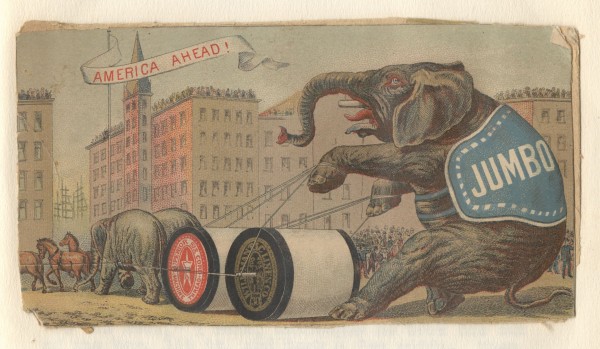
‘Endless Talk’: Beat Writers and the Interview Form
While we don’t tend to think of William Burroughs in terms of his engagement with the interview, in fact the form underpins much of his (and his collaborators’) work from the 1960s forwards, including the cut-up. Taking the Beat concept of self-interviewing to its extreme conclusion, Burroughs and frequent collaborator Gysin, turn the form’s interrogative function on the artist and the artwork. In doing so they highlight the interview’s potential to be a critically engaged, radical form.


